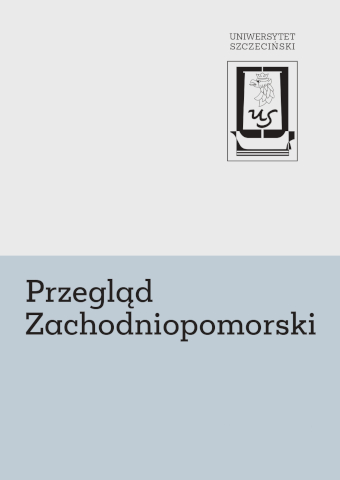| 1. | Archival sources: |
| 2. | Archiwum Państwowe w Szczecinie. |
| 3. | Archiwum Książąt Szczecińskich: I/4742, I/4744, I/4745, I/4746, I/4747, I/4748, I/4749, I/4753, I/4754. |
| 4. | Literature: |
| 5. | Boras Z., Książęta Pomorza Zachodniego, Poznań 1996. |
| 6. | Bülow G., Ein drohender Kosakeneinfall in 1625, “Baltische Studien” AF 1880, 30. |
| 7. | Lesiński H., Pomorze Zachodnie w latach wojny trzydziestoletniej, in: Z dziejów wojennych Pomorza Zachodniego, ed. B. Miśkiewicz, Poznań 1972. |
| 8. | Olejnik K., System obronny Pomorza Zachodniego do połowy XVII wieku, in: Z dziejów wojennych Pomorza Zachodniego, ed. B. Miśkiewicz, Poznań 1972. |
| 9. | Pomorze Zachodnie poprzez wieki, ed. J.M. Piskorski, Szczecin 1999. |
| 10. | Rymar E., Książęta Zachodniopomorscy wobec obronności swego państwa w XII–XVII wieku, w: Pomorze Militarne XII–XXI wiek, ed. K. Kozłowski, E. Rymar, Szczecin 2004. |
| 11. | Wachowiak B., Pomorze Zachodnie w początkach czasów nowożytnych (1464–1648). Odrodzenie się i upadek państwa pomorskiego, in: Historia Pomorza, vol. 2/1, eds. G. Labuda, M. Biskup, M. Bogucka, A. Mączak, B. Wachowiak, Poznań 1976. |







